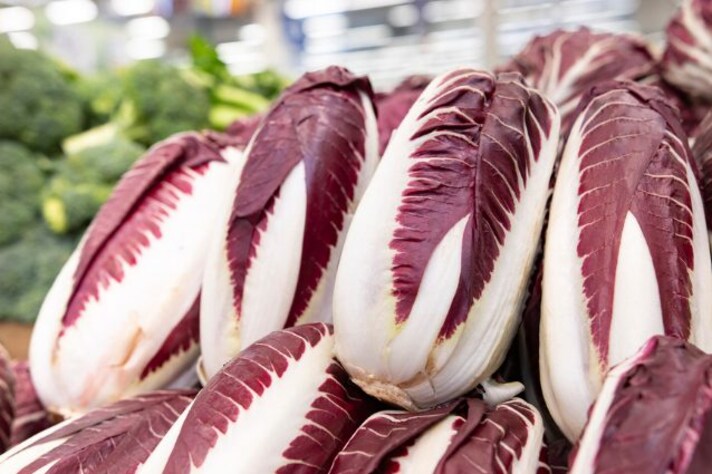
You’ve probably seen it in your salad, maybe even crunched into its crisp leaves without giving it a second thought. But if someone asked you, “What exactly is endive?” would you know how to answer? Don’t worry if you’re stumped—endive has been something of a mystery for a while now. This leafy green, often overshadowed by more familiar veggies, is finally stepping into the spotlight, and it’s about time we all got acquainted. So, let’s peel back the layers of this culinary enigma because soon, endive will be the talk of the town (and your kitchen).
What Is Endive? (And How on Earth Do You Say It?)
First things first: it's pronounced "EN-dive" if you're referring to the leafy vegetable found in salads, and "on-DEEV" if you’re feeling fancy about the Belgian kind. In English, endive is often confused with chicory, and for good reason—they’re part of the same family! But here’s where it gets a bit tricky: chicory is the broader category, and endive is one of its delicious branches. There are actually several types of endive, including:
- Curly Endive (or Frisée): With its frizzy, lacy leaves, this type is often used to add texture to salads.
- Escarole: Broader and less bitter than its curly cousin, it’s a great choice for soups.
- Belgian Endive: The smooth, torpedo-shaped variety that’s often mistaken for a fancy, pale lettuce.
Each type has its unique charm, making endive a versatile and exciting addition to your culinary repertoire.

How Is Endive Grown?
Endive isn’t just mysterious on your plate—it’s a bit of an undercover agent in the garden too. This leafy vegetable starts its life in the soil, much like its other leafy friends, but it has a unique growing process. For Belgian endive, the most popular type, the journey begins with chicory seeds planted in spring. The plants are harvested in the summer, but here’s where it gets interesting: they’re not done growing. The roots are then replanted in complete darkness, which forces the plant to grow in a pale, tight head—this is the Belgian endive we see in stores.
Endive thrives in cooler climates and is typically in season from late fall through winter. If you’re looking to harvest some endive, aim for the period between October and February. The precise timing varies depending on the type, but generally, cooler weather is when endive shines the most.
What Does Endive Taste Like?
If endive had a dating profile, it would probably describe itself as “crisp, slightly bitter, with a hint of nutty sweetness.” Its flavor is complex yet subtle, making it a unique addition to various dishes. Curly endive (Frisée) tends to be the bitterest, with a peppery kick that can surprise you. Escarole, on the other hand, is milder and slightly sweeter, making it more palatable for those who shy away from bitter greens. Belgian endive strikes a balance with a slightly bitter taste that mellows into a delicate sweetness.
For those wondering how to compare it, think of it as a close relative to radicchio or arugula. If you enjoy the sharp, peppery notes of those vegetables, endive will be right up your alley. Its bitterness can be an acquired taste, but once you’re hooked, it’s hard to resist.

How Is Endive Used in the Kitchen?
So, how do you take this mysterious green and turn it into something delicious? The good news is that endive is a versatile veggie that can be enjoyed both raw and cooked. Raw endive, especially the Belgian variety, is often used as a crisp, refreshing base for salads, pairing wonderfully with tangy dressings, fruits, and nuts. Think of it as the perfect partner to a blue cheese or walnut salad—crunchy, refreshing, and just the right amount of bitterness to keep things interesting.
But endive doesn’t shy away from the heat either. It’s fantastic when grilled, braised, or even sautéed. A popular dish in France, for example, is Gratin d'Endives, where the endives are braised and then baked with a creamy cheese sauce. The bitterness of the endive contrasts beautifully with the richness of the cheese, creating a dish that’s comforting and gourmet at the same time.
Endive also pairs well with robust flavors like citrus, balsamic vinegar, bacon, and even apples. Its ability to both complement and contrast other ingredients makes it a star in the kitchen, whether you’re whipping up a simple salad or a complex dish. So next time you spot endive at the grocery store, grab a bunch and let your culinary creativity run wild—you might just discover your new favorite ingredient.
;Resize,width=767;)
